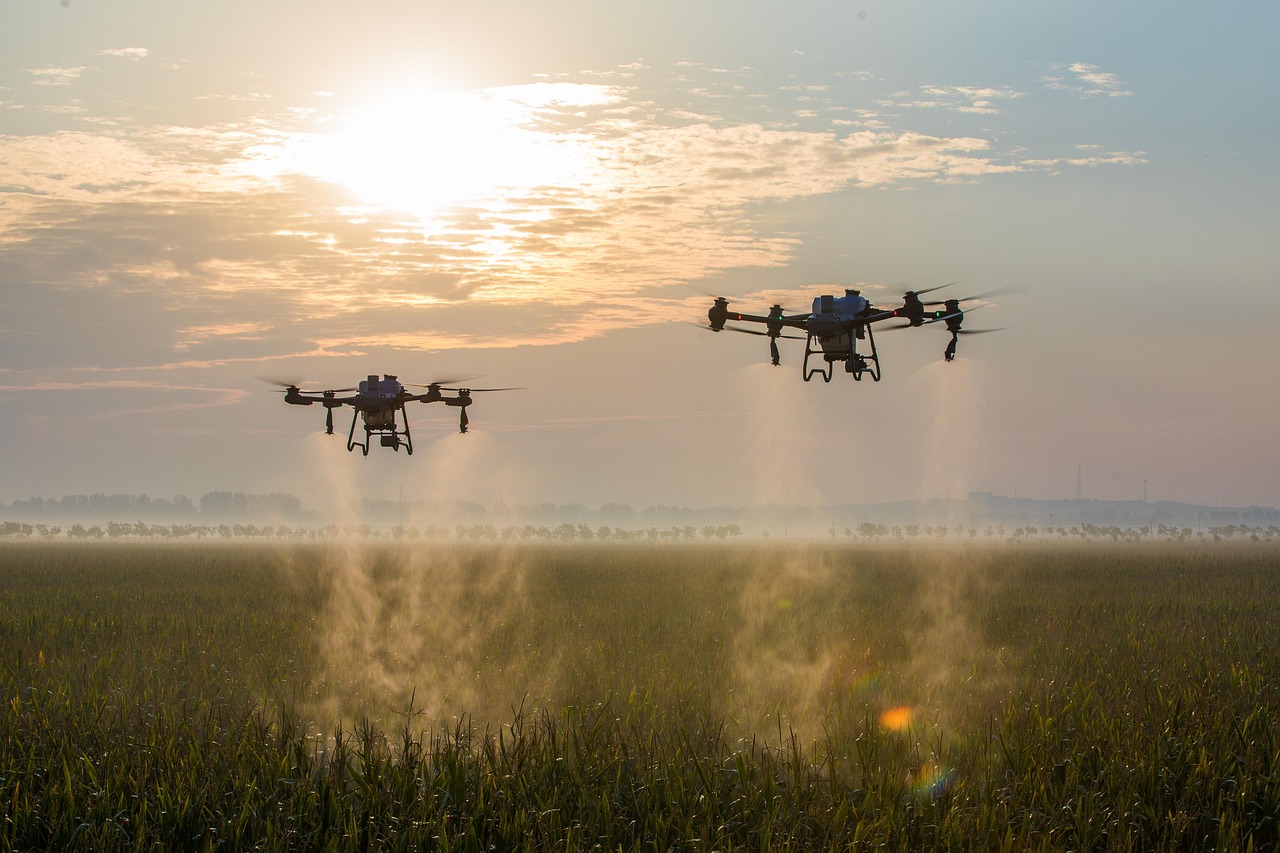
Qatar has set ambitious food security goals under the National Food Security Strategy 2024–2030, aiming to boost self-sufficiency and sustainability in line with Qatar National Vision 2030. The country has already achieved major milestones—doubling local vegetable production, attaining 100% self-sufficiency in dairy, and expanding livestock, poultry, and fisheries.
Now, the next leap forward lies in harnessing Artificial Intelligence (AI) to secure a resilient, efficient, and sustainable agricultural future.
Why AI Matters for Qatar’s Agriculture
AI can transform Qatar’s agricultural sector by:
- Maximizing water efficiency in a water-scarce environment.
- Improving yields and reducing waste through predictive insights.
- Protecting crops and livestock with early detection of diseases and pests.
- Safeguarding aquaculture by monitoring water quality and stock health.
Through data from sensors, satellites, and farm equipment, AI enables faster decisions, smarter resource use, and resilience against climate challenges.
Priority AI Applications
LAMAH’s analysis highlights three high-impact domains where AI can immediately accelerate Qatar’s agricultural agenda:
- Crop Production
- AI-Powered Precision Irrigation: Ensures “more crop per drop” by tailoring irrigation to real-time soil and weather data.
- Crop Disease Detection: Image recognition tools catch pest and disease outbreaks early, reducing crop loss and unnecessary chemical use.
- Yield Prediction Models: Provide accurate forecasts to align farm outputs with market demand, reducing both shortages and waste.
- Livestock Farming
- Animal Health Monitoring: Cameras and sensors detect early signs of illness, improving animal welfare and productivity.
- AI Feed Optimization: Dynamically adjusts feed composition to maximize output per unit of feed—critical for Qatar’s import-dependent feed supply.
- Breeding Optimization: Uses AI to boost genetic progress, supporting livestock resilience to local climate conditions.
- Aquaculture
- Water Quality Prediction: AI forecasts oxygen and ammonia fluctuations, enabling timely interventions to prevent fish loss.
- Fish Behavior & Biomass Monitoring: Computer vision measures growth and detects stress, eliminating the need for manual sampling.
- AI-Driven Harvest Forecasting: Optimizes harvest timing and supply planning, stabilizing market supply and profitability.
Quick Wins: Pilot Opportunities
To demonstrate value within 6–12 months, Qatar can launch pilot projects such as:
- Smart Greenhouses with AI-controlled irrigation and disease detection.
- Livestock Health Monitoring using wearable sensors and computer vision.
- AI-Based Aquaculture Water Quality Systems to predict and prevent environmental shocks.
These pilots provide tangible, measurable benefits while building farmer trust and institutional readiness.
Roadmap for National Adoption
A phased approach ensures lasting impact:
- Discovery & Data Readiness (0–6 months) – establish data systems, sensors, and governance.
- Pilot Design & Execution (6–18 months) – run and evaluate quick wins with farmers.
- Scale & Integrate (18–48 months) – expand across farms, embed AI into extension services, and build national agri-data platforms.
Enablers for Success
AI’s promise depends on strong foundations:
- Digital Infrastructure: IoT devices, connectivity, and cloud platforms.
- Data Strategy: Standards, quality control, and governance.
- Human Skills: Training farmers, agronomists, and AI specialists.
- Policy & Governance: Incentives, regulation, and public-private partnerships.
Call to Action
Qatar has the resources, leadership, and urgency to pioneer AI-powered agriculture in the region. A dedicated task force on AI in Agriculture can align ministries, research bodies, and private partners to drive implementation.
At LAMAH Intelligent Solutions, we are proud to support this vision. We help translate AI technologies into actionable strategies, empowering Qatar to transform its agricultural sector into a model of resilience and innovation.
Turning Innovation into Food Security — Together.
=======================================================================
Disclaimer:
The views and information expressed in this article are provided for general informational and educational purposes only and do not constitute professional, legal, financial, or investment advice. LAMAH Intelligent Solutions and the author(s) make no representations or warranties as to the accuracy, completeness, or suitability of the information contained herein and accept no liability for any loss or damage arising from reliance on it. Readers are advised to seek independent professional advice before making any decisions based on this content.



